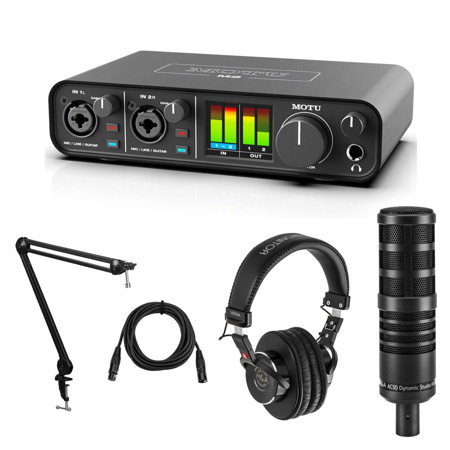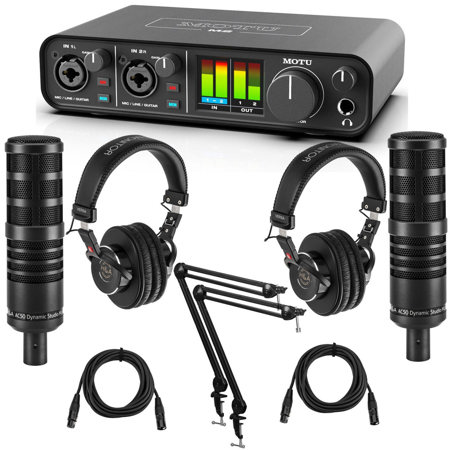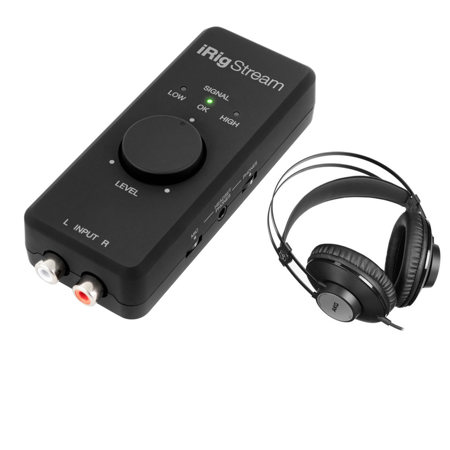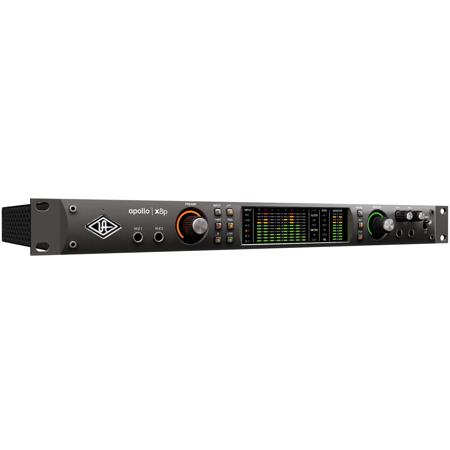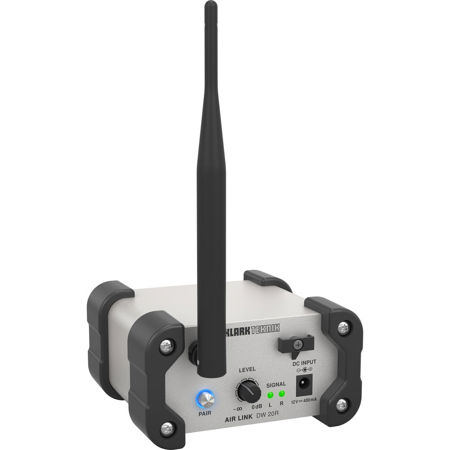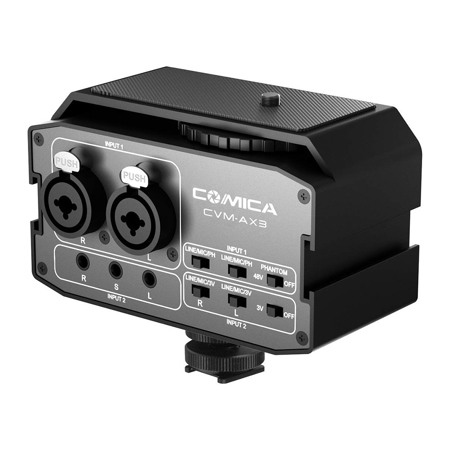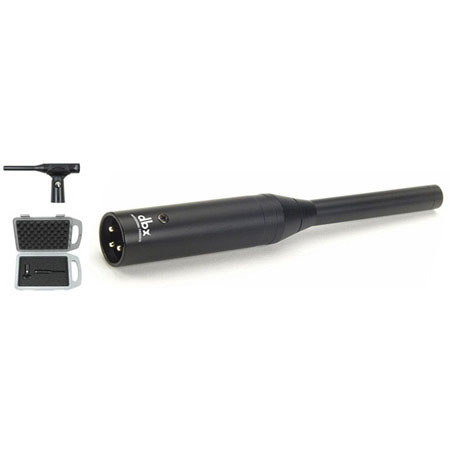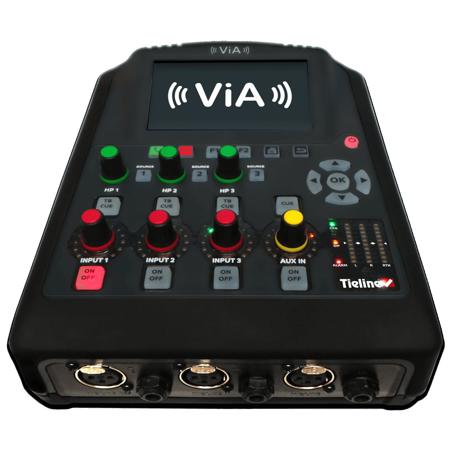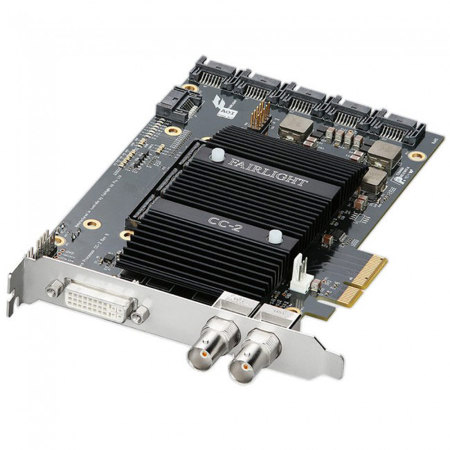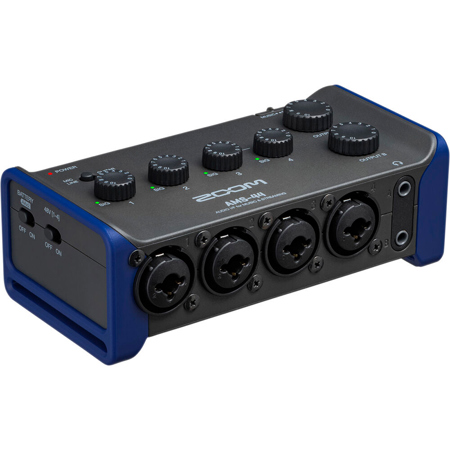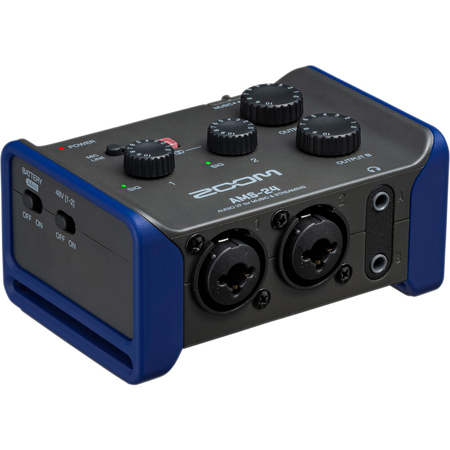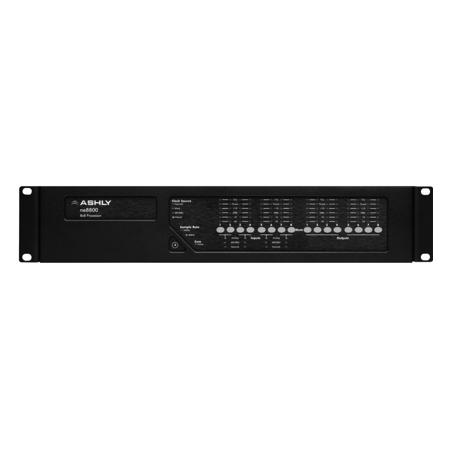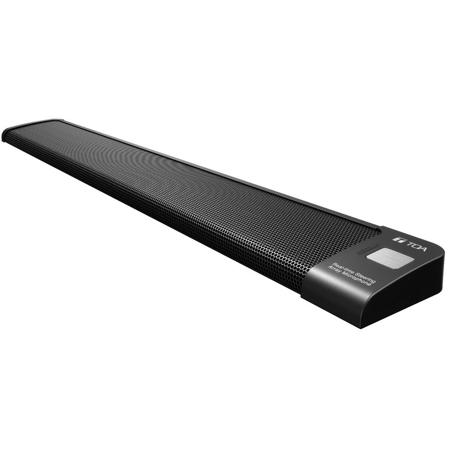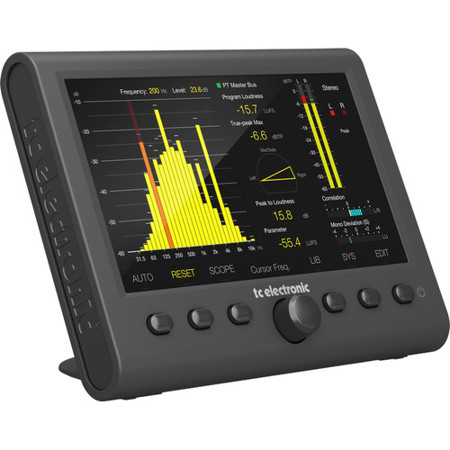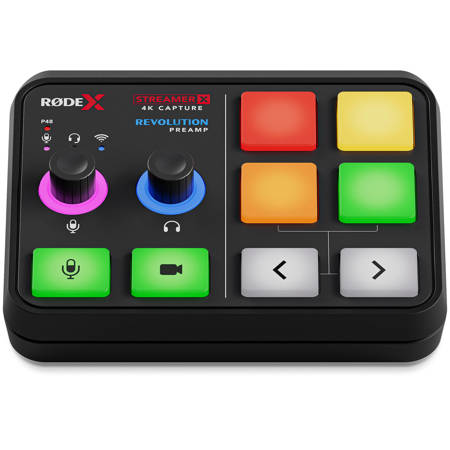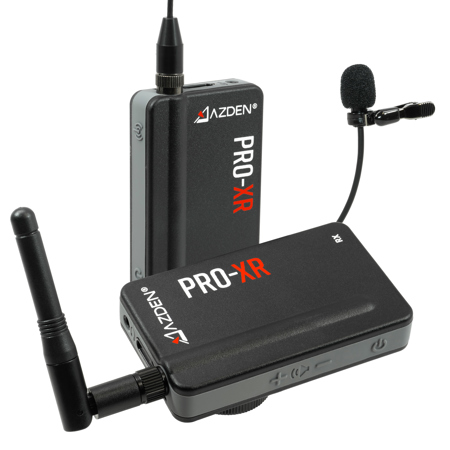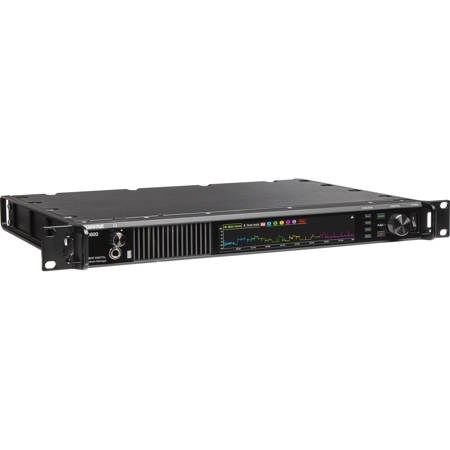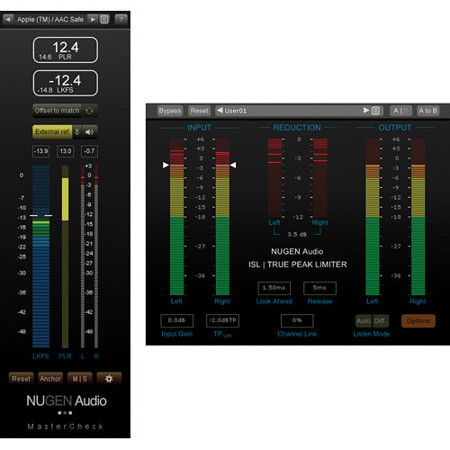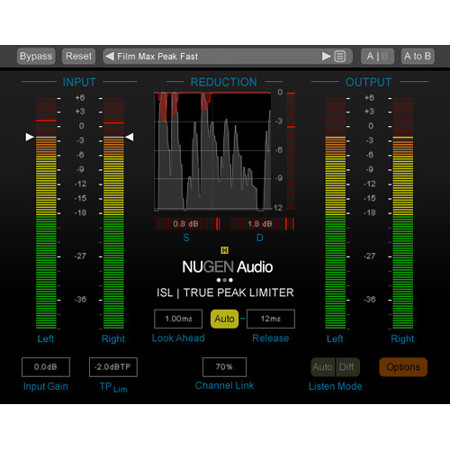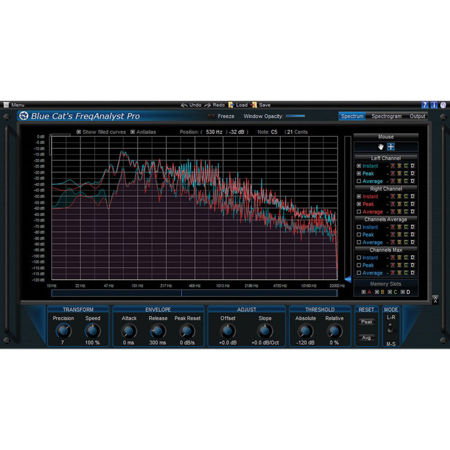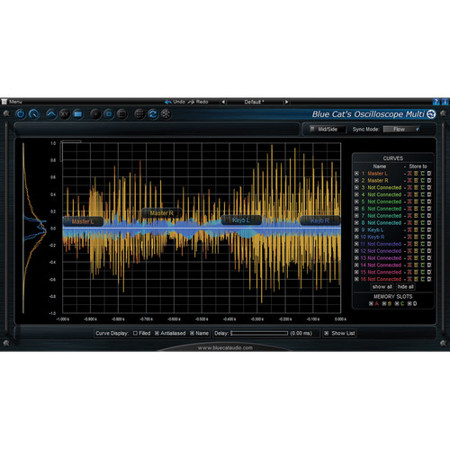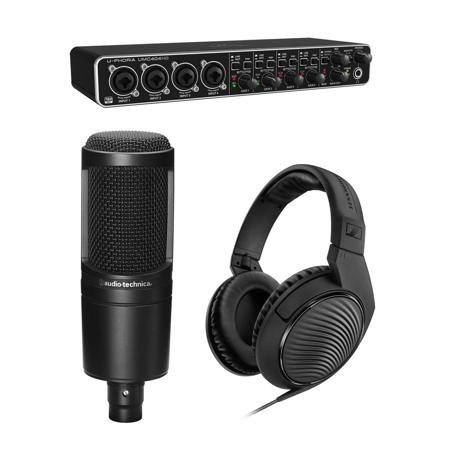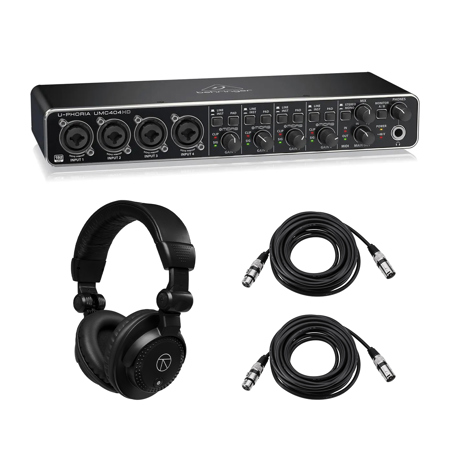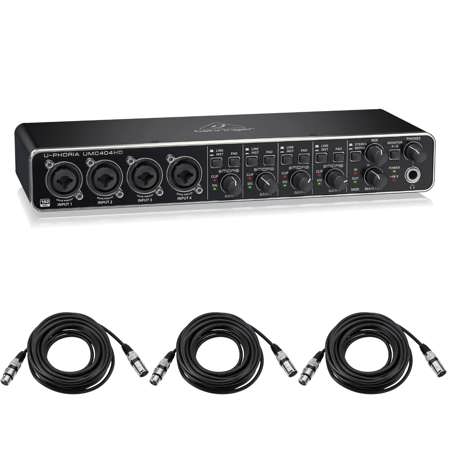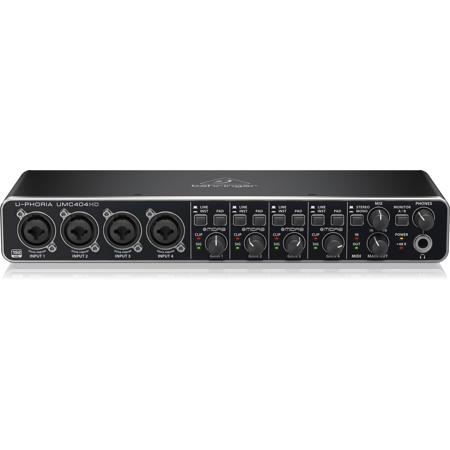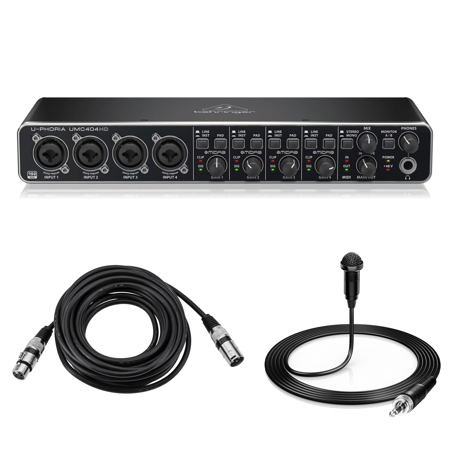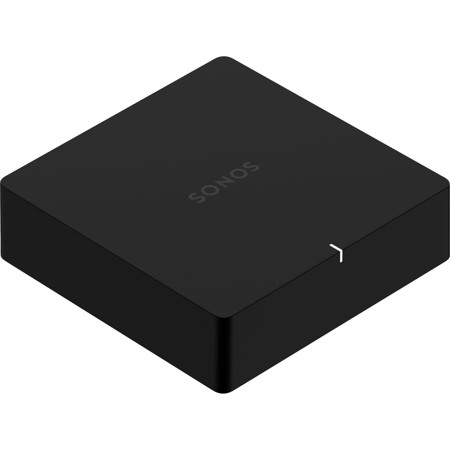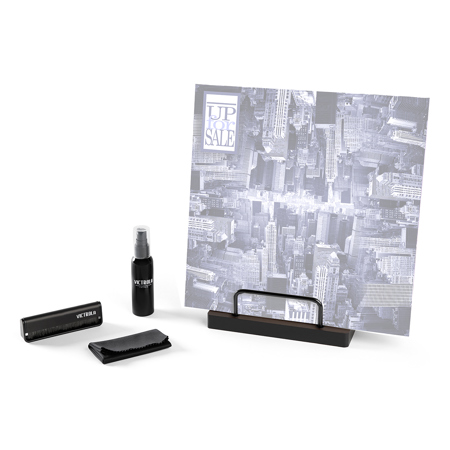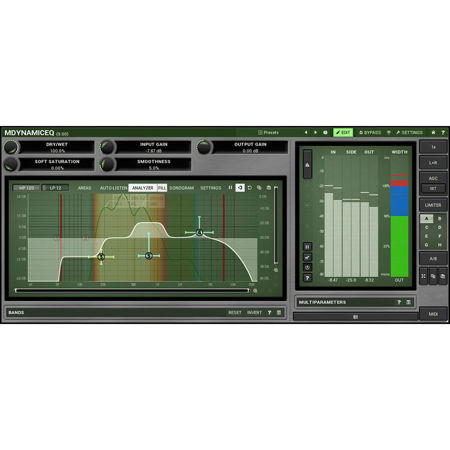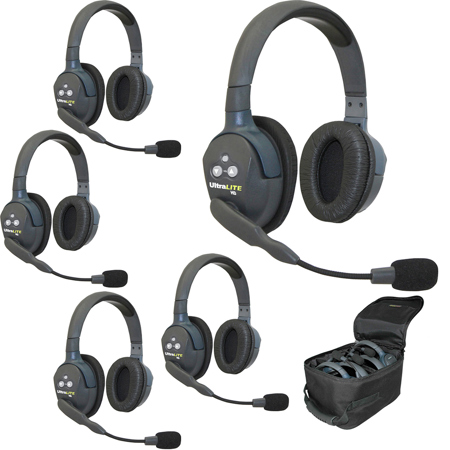Real Time Audio
Real-time audio technology has revolutionized the way we create, consume, and connect through sound. Whether you're an aspiring musician, a seasoned podcaster, or a professional sound engineer, the importance of quality audio equipment cannot be overstated. As we navigate through the crisp beginnings of February, the need for clear, uninterrupted sound becomes even more apparent, especially for those looking to produce high-quality content that resonates with audiences or for enthusiasts wanting to enjoy their favorite tunes in the best possible fidelity. Real-time audio devices ensure that the sound produced is as immediate and lifelike as possible, minimizing latency and maximizing clarity. This makes such equipment not just tools, but gateways to richer, more immersive audio experiences.
For individuals exploring the expansive world of audio production, understanding the nuances of how real-time audio works is crucial. This involves a deep dive into the mechanisms of audio capture, processing, and output. For instance, podcasters and live streamers rely heavily on real-time audio to maintain engagement with their audience, ensuring that every laugh, every whisper, and every emotion is captured and conveyed with precision. Similarly, musicians and sound engineers use sophisticated real-time audio equipment to mix and master tracks, where even a millisecond's delay can disrupt the harmony of sounds. As winter continues to unfold, many find themselves indoors, making it the perfect season to refine audio projects or start new ventures in music and broadcasting. The cozy, quiet nights of February provide an ideal backdrop for testing and enjoying the capabilities of advanced audio setups.
Choosing the right real-time audio equipment involves considering several factors such as compatibility with other devices, the specific needs of your project, and of course, the quality of audio output. It is essential to have a robust setup that can handle the demands of real-time processing without hitches. For those looking to expand their setup or integrate more sophisticated systems, understanding Audio Networking is beneficial. This will not only enhance your ability to manage audio across different platforms but also ensure seamless integration and communication between various audio components. Whether you are setting up a home studio, a professional recording space, or simply upgrading your audio system for better sound quality, the journey towards perfecting real-time audio is both exciting and complex. As gifts, these devices are thoughtful for anyone passionate about music or sound, opening up worlds of possibility for the recipient, from creating their first demo track to streaming their live DJ set. Every note, every tone, and every beat is a step closer to audio perfection, making real-time audio equipment a gateway to not just better sound, but better experiences.
For individuals exploring the expansive world of audio production, understanding the nuances of how real-time audio works is crucial. This involves a deep dive into the mechanisms of audio capture, processing, and output. For instance, podcasters and live streamers rely heavily on real-time audio to maintain engagement with their audience, ensuring that every laugh, every whisper, and every emotion is captured and conveyed with precision. Similarly, musicians and sound engineers use sophisticated real-time audio equipment to mix and master tracks, where even a millisecond's delay can disrupt the harmony of sounds. As winter continues to unfold, many find themselves indoors, making it the perfect season to refine audio projects or start new ventures in music and broadcasting. The cozy, quiet nights of February provide an ideal backdrop for testing and enjoying the capabilities of advanced audio setups.
Choosing the right real-time audio equipment involves considering several factors such as compatibility with other devices, the specific needs of your project, and of course, the quality of audio output. It is essential to have a robust setup that can handle the demands of real-time processing without hitches. For those looking to expand their setup or integrate more sophisticated systems, understanding Audio Networking is beneficial. This will not only enhance your ability to manage audio across different platforms but also ensure seamless integration and communication between various audio components. Whether you are setting up a home studio, a professional recording space, or simply upgrading your audio system for better sound quality, the journey towards perfecting real-time audio is both exciting and complex. As gifts, these devices are thoughtful for anyone passionate about music or sound, opening up worlds of possibility for the recipient, from creating their first demo track to streaming their live DJ set. Every note, every tone, and every beat is a step closer to audio perfection, making real-time audio equipment a gateway to not just better sound, but better experiences.
